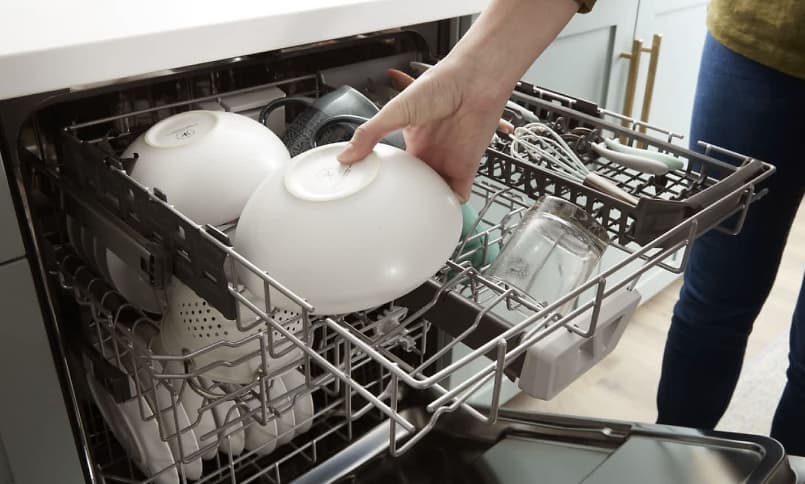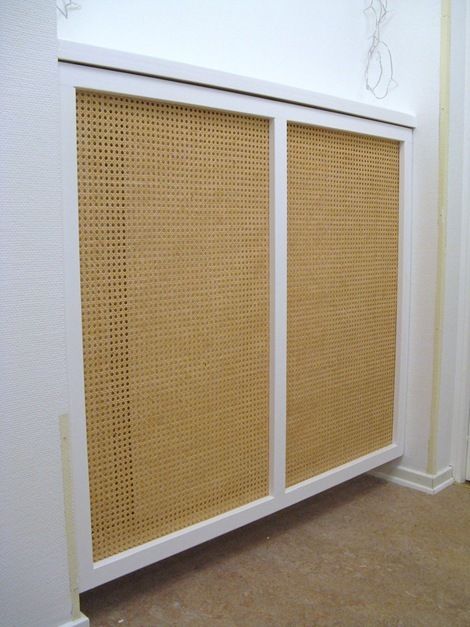Whirlpool Dishwasher Fills with Water Then Stops – Navigating the world of household appliances is an integral part of domestic life. These devices, designed to make our lives simpler, can sometimes become sources of perplexity when they malfunction.
Consider, for instance, your faithful dishwasher, the unheralded hero of your kitchen. Its quiet efficiency keeps your culinary pursuits running smoothly until unexpectedly, you encounter a hiccup – your Whirlpool dishwasher fills with water and then suddenly stops.
This unexpected hiccup might leave you puzzled, questioning what could have possibly led to such a situation.
Rest assured, this issue is more common than it appears and certainly does not spell doom for your dishwasher’s lifespan. There could be numerous underlying reasons causing this hiccup, each of which might require a different solution.
These can range from something as simple as a faulty door latch to more complex issues like a dysfunctional motor or a failing water inlet valve. But fear not, understanding and diagnosing these issues are not insurmountable tasks reserved only for seasoned technicians.
Our ultimate objective with this comprehensive guide is to simplify and clarify this issue for you, providing a clear understanding and facilitating its resolution.
We’ll take a step-by-step approach to understand the dishwasher’s cycle, identify potential causes for its sudden halt, and explore the ways to fix these issues.
Regardless of whether you’re a dedicated DIY-er or someone who leans towards professional assistance, this guide will equip you with the insights needed to confront this issue with increased assurance.
Remember, in the world of appliance troubleshooting, knowledge truly is power.
Whirlpool Dishwasher Fills with Water Then Stops

In today’s fast-paced world, a kitchen equipped with time-saving appliances is an absolute necessity.
One such device, your dishwasher, contributes significantly to maintaining a clean, efficient kitchen.
However, a malfunctioning dishwasher can throw a wrench into your seamless daily routine.
If you’ve noticed that your Whirlpool dishwasher fills with water and then abruptly stops, it’s time to roll up your sleeves and investigate.
Understanding the Journey of a Dishwasher Cycle
Before diving into the issues that could be plaguing your dishwasher, it’s essential to understand how a standard dishwasher cycle operates.
When functioning correctly, your Whirlpool dishwasher should go through several stages.
- Pre-wash: This stage loosens food particles from the dishes. The dishwasher fills with water and sprays the dishes, without any detergent involved.
- Wash: The dishwasher fills with more water, mixes it with detergent, and sprays it onto the dishes.
- Drain: Water is pumped out of the dishwasher, carrying food and dirt particles with it.
- Rinse: The dishwasher fills with water again and sprays it onto the dishes to remove leftover detergent.
- Dry: Heaters inside the dishwasher remove moisture, leaving your dishes clean and dry.
Any interruption during these stages could result in the dishwasher stopping its cycle prematurely.
Common Culprits of Dishwasher Disruption
-
A Door Latch at the Fault
For safety purposes, a dishwasher is designed to stop its cycle if the door is not securely closed. A faulty door latch that fails to communicate the door’s closure to the machine might be the reason behind your dishwasher halting its cycle. Inspect the latch to ensure it isn’t loose, damaged, or unable to catch properly.
-
Float Switch Dysfunction
A critical component in avoiding water overflow is the float switch. This device signals the dishwasher to cease filling once it reaches the designated water level.
However, if the float switch is stuck or faulty, it may trigger an early termination of the wash cycle.
You’ll need to check if the float switch is stuck in the ‘up’ position or if it’s failing to activate the water inlet valve.
-
Water Inlet Valve Woes
The water inlet valve controls the flow of water into your dishwasher. If this part is defective, the dishwasher might not receive enough water to complete the cycle, causing it to stop.
Inspect this valve for any visible signs of damage or wear. If you’re comfortable working with appliances, use a multimeter to test the valve’s continuity.
-
Motor Malfunction
The dishwasher’s motor is essential in operating the spray arms that clean your dishes.
If your dishwasher fills up with water but then stops, the motor might be the issue. If the motor is seized, you might hear a humming sound.
-
Pump Problems
The pump is crucial in moving water through the dishwasher, and it’s also involved in draining water. If it’s clogged or defective, it could lead to the dishwasher stopping its cycle.
Tackling the Troubles: Solutions to Dishwasher Dilemmas
-
Door Latch:
Check the latch carefully. If it’s loose, a simple tightening might fix the issue. However, a damaged latch might need replacement. Make sure to find a latch that matches your dishwasher model.
-
Float Switch:
Inspect the float switch. If it’s stuck in the ‘up’ position, clean it and the area around it. Debris could be causing the float to stick.
If cleaning doesn’t resolve the issue, consider replacing the float switch.
-
Water Inlet Valve:
Visually inspect the valve. If it appears damaged or if it fails a continuity test, it’s time for a replacement. Ensure to turn off the water supply to your dishwasher before you start working on this.
-
Motor:
Listen for a humming sound. If you hear it, try giving the motor a manual start by turning the fan blades. If this doesn’t resolve the problem or if the motor looks damaged, you may need to replace it.
-
Pump:
Clean out any clogs in the pump. This often involves removing the pump to clean it thoroughly. If the pump still doesn’t work correctly after cleaning, it’s probably time for a replacement.
The Power of Professional Help
While DIY repairs can save you money and time, certain situations call for professional help.
If you’re unsure about troubleshooting yourself, if the problem persists despite your efforts, or if you’re dealing with electrical components and feel uncomfortable, it’s time to call a professional.
Remember, incorrect repairs can lead to more damage and could even be dangerous.
Also Check:
- Frigidaire Freezer Temperature Control Problems
- Stylish Modern Bedroom Door Design Ideas
- LG Dryer D80 No Blockage
- Frigidaire Water Dispenser Slow
The Final Word:
Your Whirlpool Dishwasher Fills with Water Then Stops can seem like a major inconvenience.
However, armed with the knowledge of potential causes and how to troubleshoot them, you can confidently address this issue, knowing when to call in a professional if needed.
Here’s to your dishwasher returning to its efficient, dish-cleaning glory!


